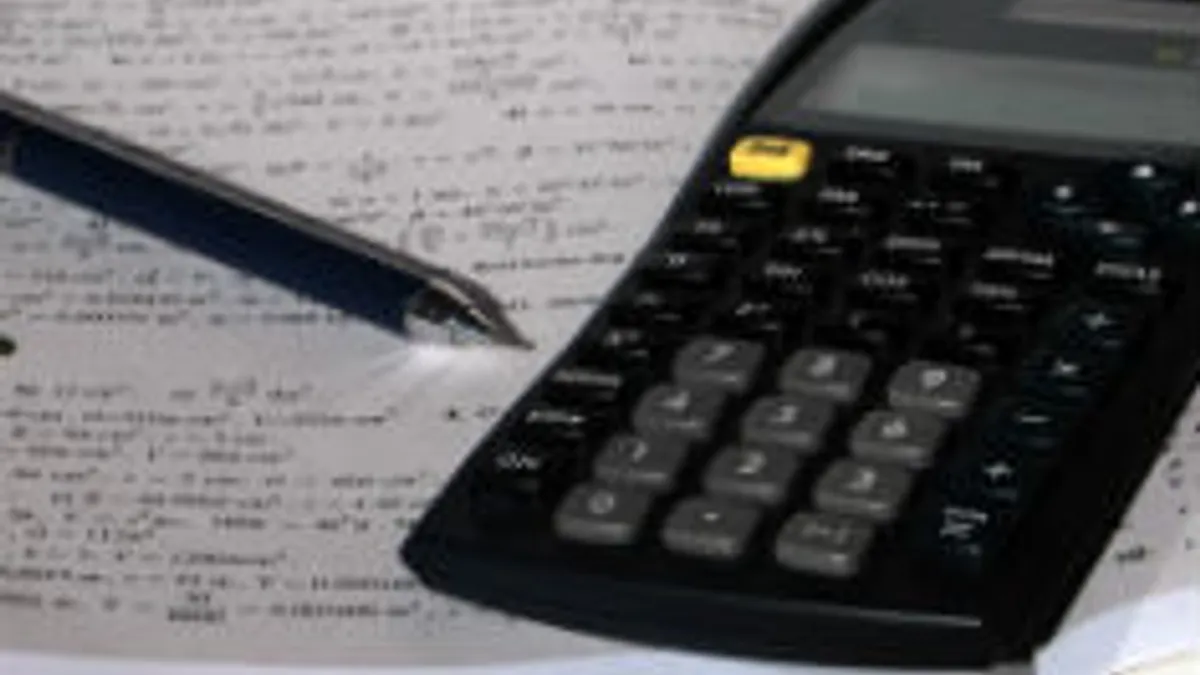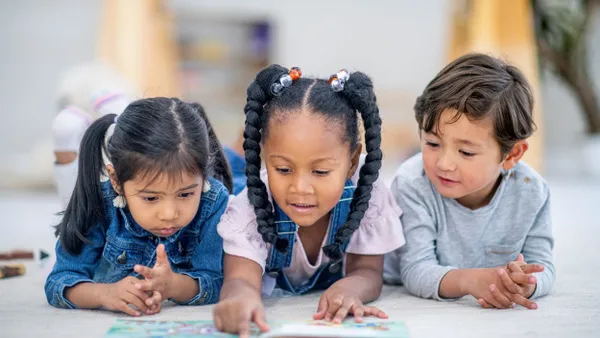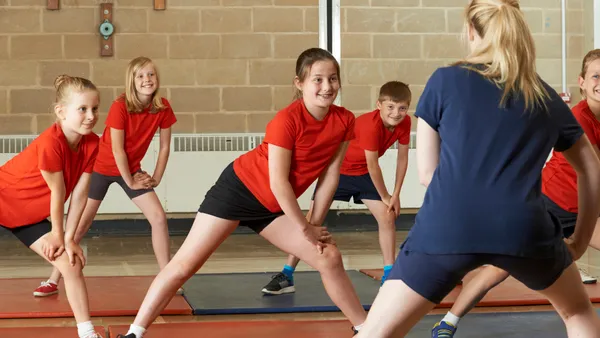Dive Brief:
- The 2020 census is underway, and with it comes an opportunity for educators to teach historiography, or how historians construct historical narratives — sometimes through data, writes Rachel Burstein, a research associate for EdSurge.
- While numbers from the census are simple enough to find, ledgers also include details like names, citizenship status and literacy of people counted. And from there, students can use the information to find their place in the nation’s story.
- Teachers can pull data into everyday lessons from social studies to English, in addition to using the topic of the census itself to launch conversations about the proposal to include citizenship questions in the current count.
Dive Insight:
The push for weaving civic engagement into education is growing across the country. In New York City, the school system allows students to propose how they would spend $2,000 of their school’s budget, while St. Louis Public Schools are inviting students to develop social justice organizations to help broker more conversations between police and community members.
While not every school district has the ability to hand over part of its budget to students or build programs that team with local law enforcement, school districts only need an internet connection to tap the resources from the U.S. Census Bureau, which collects data on the United States every 10 years.
Though the 2020 U.S. Census collection has just begun, data from the 2010 census is available and contains a wealth of information that can be used in lessons from U.S. history to math, while also helping students see their own community in a new way.
Educators can start to use this repository by first teaching students how to process and understand the data. Then, they can encourage students to use this information to bolster their own learning.
Perhaps a social studies class is looking at the history of Alaska and its addition to the United States. Inside the U.S. Census Bureau’s online catalog, they could pull up data from its Fact Finder from the 2010 population of the state to examine the median age. Math classes, certainly, can also have students look at data from their own community and use those tables to do calculations such as the difference in population sizes between children and adults.
Ultimately, using census data and resources not only encourages civic engagement, but can bring some practical learning about the local community into the classroom.












